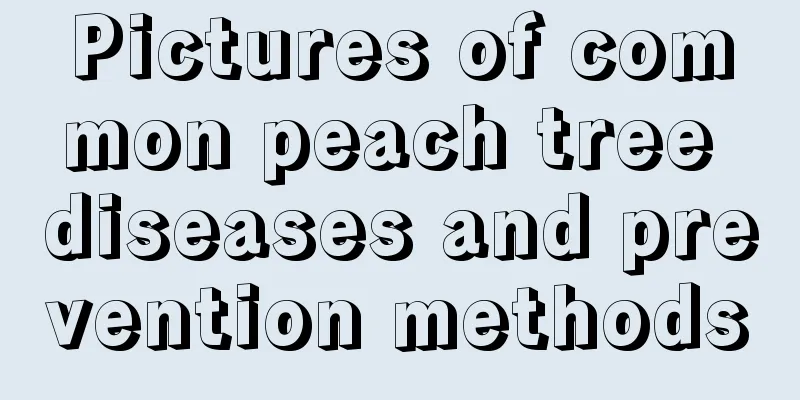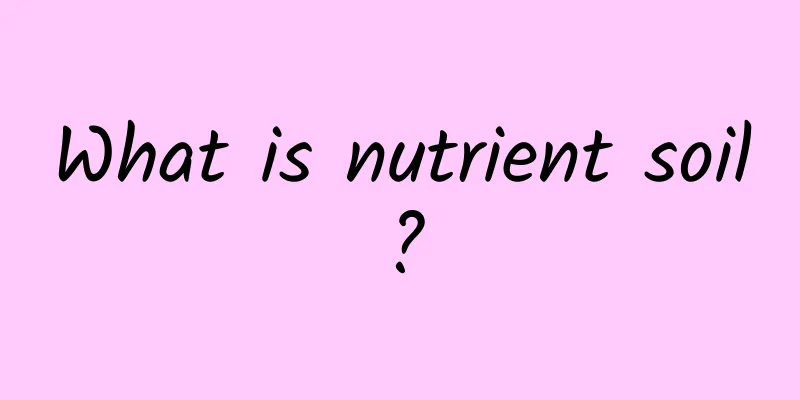Pictures of common peach tree diseases and prevention methods

1. ScabScab is one of the main diseases of peach trees, which mainly occurs between May and July. It is easy to be infected with this disease in rainy and humid environments. It mainly harms fruits and treetops. Every winter, we should promptly clean up the treetops infected with diseases, clean up the orchard, and reduce the source of the disease as much as possible. During the growth stage of peach trees, it is also necessary to spray carbendazim, mancozeb, thiophanate-methyl and other pesticides for prevention, which can reduce the infection rate. 2. AnthraxThe disease is most likely to infect when there is a lot of rain in the autumn, and it mainly harms the fruit. When the fruit is infected, there will be water-like spots on the surface. The spots will expand and turn yellow-brown, and eventually cause the fruit to rot and fall off. During the management period, fertilizer and water management should be strengthened to improve the disease resistance of peach trees. During the rainy season, drain the accumulated water in time and strengthen ventilation. Clean up fallen leaves and diseased branches in winter. Peach trees should be bagged in time during the growth stage, and pesticides such as chlorothalonil, mancozeb, and methyl thiophanate can be sprayed for prevention and control during the disease period. 3. GumosisGummosis is also one of the common diseases of peach trees. It starts to occur when the temperature is slightly higher. It mainly harms the branches and trunks of peach trees. When the disease occurs, small bumps are likely to appear on the branches and trunks. Generally, there will be no glue flow in the first year, but glue will start to flow from small bumps in the second year. To treat this disease, we need to strengthen fertilizer and water management and improve disease resistance. When the disease is discovered, spray mancozeb, benomyl wettable powder and other pesticides, and use the drugs alternately to avoid drug resistance. 4. Mosaic diseaseMosaic disease is quite harmful to peach trees, mainly through infection during grafting, and aphids and mites can also spread the disease. Once the fruit is infected, its growth rate will slow down, the flesh will become less sweet, and the leaves will turn yellow and curl. If diseased plants are found, they should be removed as soon as possible, and pest control work in the orchard should be strengthened. |
<<: Benjamin Rose Advantages and Disadvantages
>>: The meaning and symbolism of different flowers
Recommend
How to plant creeper
1. Planting When planting Parthenocissus tricuspi...
How to grow gerbera
Gerbera Growth Conditions Gerbera prefers an envi...
How to wash strawberries
1. Clean with running water Strawberries are easi...
How often should I water the bamboo?
How often should I water the bamboo? It is best t...
When is the best time to sow taro
Suitable time for sowing tower vegetables Pear is...
How to prune mango trees to achieve high yields and more fruit next year? Key points of mango pruning technology
When is the best month to prune mango trees? The ...
What should I do if the leaves of the emerald green grass wilt or turn yellow?
1. Proper shade Green cloud grass is suitable for...
There are goldfish growing on the spider plant! This flower is so easy to grow. It covered the entire balcony in 2 months and I couldn’t stop it!
Goldfish spider plant is much more beautiful than...
How to make orchids bloom more
Controlling temperature To promote more flowering...
What is the best month to plant edible lilies? When is the best time to plant them?
Which month is suitable for planting edible lilie...
What are the legends and meanings of Borage?
1. Flower language and meaning 1. Wit: Borage is ...
Can Christmas cactus be repotted in summer? When is the best time to repot?
Can Christmas cactus be repotted in summer? Chris...
Blue apple cultivation methods and precautions
Blue apple is easy to grow. It is a very popular ...
How to grow sweet potatoes on the balcony
Home planting methods Sweet potatoes, called yam ...
A young man born in 1994, who lives with 400 flowers and succulents as his companions, lives a more beautiful life than a woman!
Mango, lime, pineapple, Bell peppers, carrots, ca...









